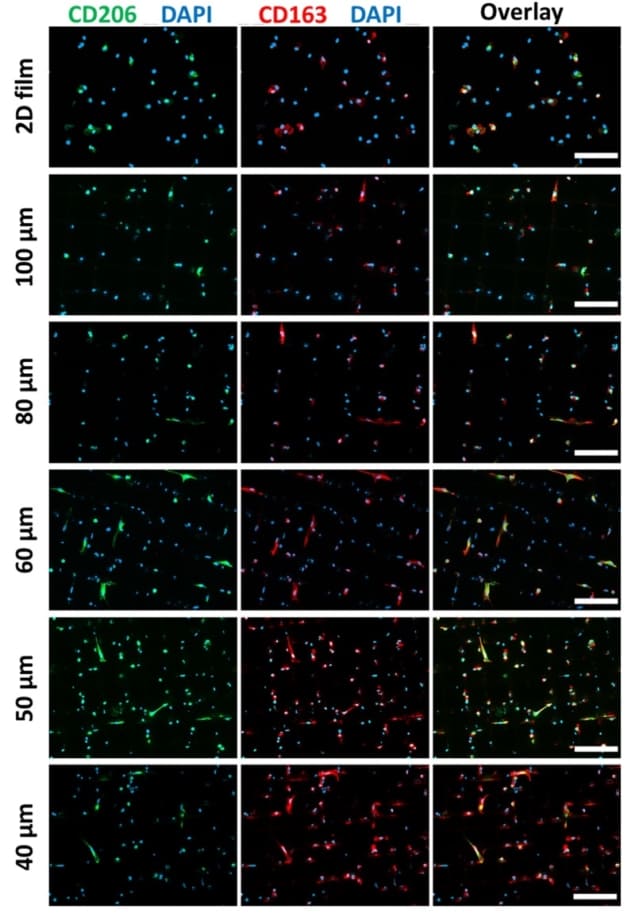A new technique that allows researchers to cool ions to ultracold temperatures by placing the ions in contact with an ultracold atomic “buffer gas” has been developed by researchers in the Netherlands. As well as achieving the first experimental detection of quantum effects in collisions between atoms and ions, the research also opens several intriguing new possibilities, such as quantum states comprising both atoms and ions.
Ultracold atomic gases are routinely prepared in laboratories using a technique called forced evaporative cooling. These gases can then be used to cool trapped ions, and physicists had initially hoped that such ultracold buffer gases could cool ions to their quantum ground states. The problem they encountered is that the electric fields needed to trap the ions cause them to oscillate in the trap in a process cause micromotion. This kinetic energy is dispersed in the neutral atoms of the buffer gas, which heats the gas.
After laser cooling was developed in the 1980s, it became possible to cool ions to extremely low temperatures because, as the ions remain isolated from neutral atoms, the technique does not suffer from micromotion. Laser cooling has been used to cool individual ions to their ground state of motion, but unfortunately, isolating the ion sacrifices the potential to explore some intriguing aspects of quantum mechanics. “We can get very cold ions and also very cold atoms,” says atomic physicist Rene Gerritsma of the University of Amsterdam, “so why don’t we let them interact once and see what happens when they start to behave quantum mechanically?”
Heaviest and lightest
In 2012, Vladan Vuletić of Massachusetts Institute of Technology and colleagues showed theoretically that, by increasing the mass of the ion relative to that of the neutral atom, it might be possible to enter the regime at which quantum effects become detectable. “We looked at the periodic table and decided what were the heaviest ion and the lightest atom that we dared to work with,” says Gerritsma. The researchers settled on ytterbium-171 as their ion and as lithium-6 as their atom. They then started working on controlling the shapes of the electric fields in their ionic trap to ensure the ion would behave exactly as they desired in its interaction with the buffer gas and consequently would be cooled as much as possible.
In new work, the researchers demonstrate buffer gas cooling of ions to approximately 100 μK. This is approximately five times lower than the Doppler limit – the coldest temperature achievable by traditional laser cooling. “People used to believe laser cooling could not cool below the Doppler limit,” explains Gerritsma, “but Bill Phillips and other people were awarded the 1997 Nobel Prize for demonstrating that, by taking the quantum mechanics properly into account, you can cool to much lower temperatures.” Gerritsma’s team has not reached the temperatures achievable using this “sub-Doppler” cooling but they have, for the first time, cooled atom-ion mixtures to temperatures at which quantum effects should be detectable.

Physicists couple oscillating ions
To look for quantum effects, they considered predictions from theoretical physicist Michał Tomza and colleagues at the University of Warsaw in Poland regarding so-called Langevin collisions, which occur when a colliding atom and ion exchange angular momentum. In classical Langevin theory, angular momentum varies continuously, so the collision rate is independent of angular momentum. However, the Gerritsma’s results showed clear evidence of peaks in the collision rate – evidence that angular momentum was being exchanged in quantized amounts. “I don’t think people are so surprised to see what they see now,” says Gerritsma, “but it’s the experimental breakthrough: we’re right at the border where it becomes quantum and we believe we can get it colder still in the future.” The team is now working to create molecular atom-ion interactions called Feshbach resonances using magnetic fields.
“I think this is a significant advance,” says Vuletić, who was not involved in this latest work. “There’s very interesting physics in studying controlled atom-ion collisions, and for that you need to be cold enough so that only one particular process contributes. The authors have reached this regime and opening this door will be very interesting for future studies. They did everything right and now they just need to overcome some more technical barriers to reach the ultimate limit of the cooling.”
The research is published in Nature Physics.




